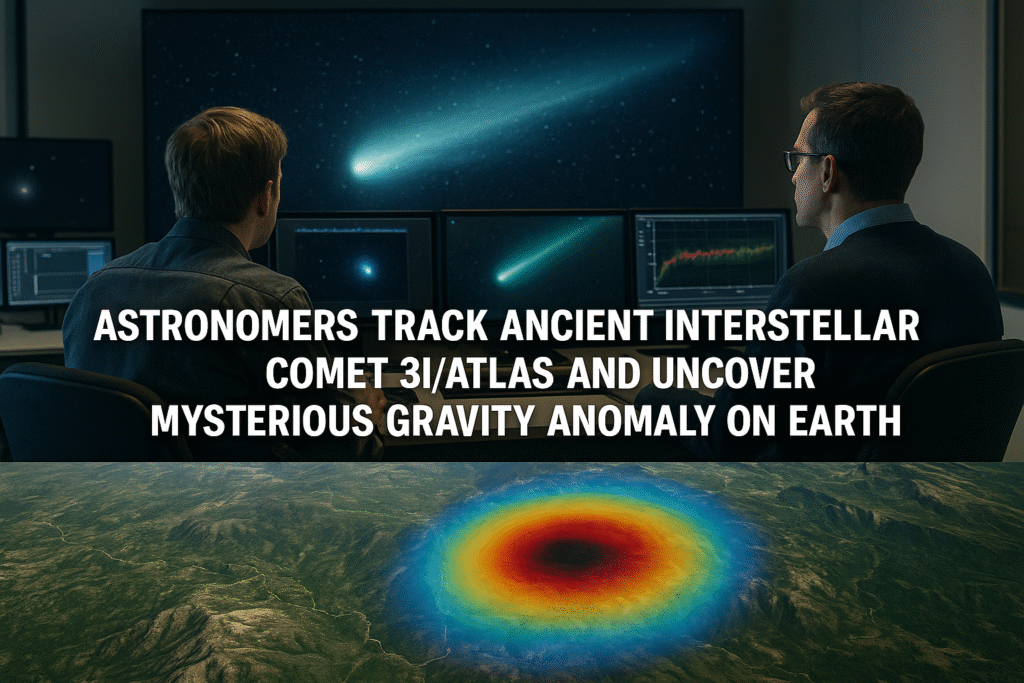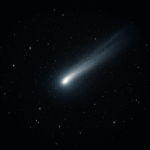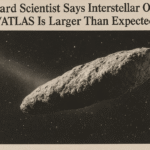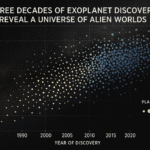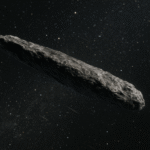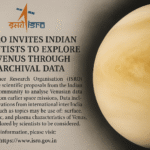By Harshit | 12 October 2025 | | 05:30 AM EDT
This week’s science headlines are dominated by groundbreaking discoveries across both space and Earth sciences, led by new insights into the interstellar comet 3I/ATLAS and a decades-old gravity anomaly detected deep within our planet. These findings not only expand humanity’s understanding of the cosmos but also reveal previously hidden processes within Earth itself.
3I/ATLAS: A Visitor from Beyond the Solar System
The interstellar comet 3I/ATLAS has captivated astronomers since its initial discovery in late June. Unlike conventional comets originating in the Solar System’s Oort Cloud or Kuiper Belt, 3I/ATLAS follows a hyperbolic trajectory, indicating it comes from far beyond our solar neighborhood. Recent observations suggest it could be a relic from the earliest formation stages of the Milky Way, making it potentially billions of years older than the Sun.
Scientists have also been struck by the comet’s unusual activity. Even while far from the Sun, 3I/ATLAS has been ejecting water at an extraordinary rate, described by researchers as “like a fire hose.” This unusual pre-solar activity challenges standard models of cometary behavior and suggests that interstellar comets may preserve unique chemical signatures from the time and place of their formation.
To study 3I/ATLAS in unprecedented detail, the European Space Agency (ESA) redirected one of its Mars-orbiting spacecraft to capture close-up observations of the comet’s bright coma. These observations are helping astronomers measure its composition, shedding light on how interstellar material evolves and survives the journey across galaxies.
“3I/ATLAS offers a once-in-a-lifetime opportunity to study material formed in a different region of our galaxy,” says Dr. Elena Martinez, an astrophysicist at the European Southern Observatory. “Each measurement brings us closer to understanding the building blocks of planetary systems beyond our own.”
Complementary Astronomical Discoveries
This week’s science news also includes other remarkable astronomical achievements. For the first time, radio telescopes have imaged two black holes orbiting each other, providing direct insight into one of the universe’s most extreme gravitational systems. Meanwhile, the James Webb Space Telescope (JWST) has confirmed Einstein’s theory of general relativity by detecting eight gravitational lenses, bending light as predicted nearly a century ago. Additionally, tentative evidence for exotic dark matter stars has emerged, potentially offering new clues about the universe’s hidden mass.
Earth’s Hidden Gravity Anomaly
Not all recent discoveries are celestial. Scientists analyzing data from NASA’s Gravity Recovery and Climate Experiment (GRACE) satellites, which operated from 2002 to 2017, have identified a strange gravity anomaly first detected nearly two decades ago. In 2007, the GRACE satellites recorded a gravity signal spanning a distance comparable to the African continent. Remarkably, the anomaly coincided with a geomagnetic jerk—a sudden shift in Earth’s magnetic field—yet its significance was only fully understood recently.
Researchers believe this anomaly may be linked to a previously unknown geological process occurring deep in Earth’s mantle. Rapid redistribution of mass within the planet’s interior likely caused the unusual gravitational signal.
“This discovery challenges our understanding of Earth’s inner dynamics,” says Dr. Henry Larsen, a geophysicist at the University of Oslo. “It indicates that large-scale processes in the deep mantle can have measurable effects on both gravity and magnetic fields.”
Implications for Science and Research
Both the study of 3I/ATLAS and Earth’s gravity anomaly highlight the transformative role of modern technology in scientific discovery. Interstellar comets like 3I/ATLAS provide a window into galactic history, offering clues about the early universe and the formation of planetary systems. Meanwhile, satellite observations reveal previously hidden processes within our own planet, improving understanding of tectonics, mantle convection, and geomagnetic phenomena.
Ongoing monitoring of 3I/ATLAS will clarify its trajectory, composition, and origin, while geophysicists continue to investigate the deep mantle processes behind the gravity anomaly. Together, these studies underscore how both the cosmos and our planet still hold many secrets waiting to be revealed.
In a week marked by discoveries across the universe and beneath Earth’s surface, scientists have shown that both space and our home planet continue to surprise and challenge our understanding, providing new opportunities to explore and learn.

